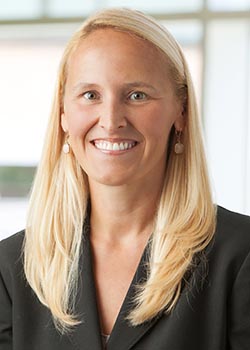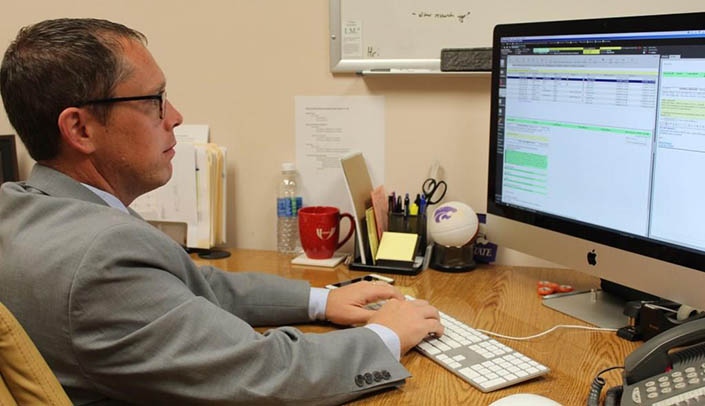In a move to help patients be more engaged in their health care and to boost the number of patients using the patient portal One Chart | Patient, Nebraska Medicine will complete its transition to Open Notes for clinical care in July. The functionality of Open Notes allows a provider’s clinic note to be visible within the One Chart | Patient portal. The note could include:
- A summary of what was discussed
- Findings from an exam or test results
- A provider’s assessment or diagnosis
- Treatment plan
- Next steps
A patient has a legal right to view a provider’s note, which previously could only be obtained by requesting a paper or electronic copy of the medical record. This can be a time-consuming process for patients.
 |
Sarah Richards, M.D. |
“A barrier to Open Notes is a concern among providers that patients will be confused or bothered by the medical terminology or typos,” said Sarah Richards, M.D., medical director, patient experience. “Other institutions who have been live with Open Notes for years have not had this experience. Patients are not typically bothered by medical jargon and, in fact, report researching terms to gain a better understanding of their medical problems. They generally appreciate having easy access to their records when travelling or seeing other health care providers who may not have access to their medical record.”
Eighteen Nebraska Medicine clinics went live with Open Notes this spring.
“The majority of providers who went live in April have said it has been either very positive or a non-issue,” Dr. Richards said. “I had one provider tell me she had to spend extra time responding to a few calls from patients who had questions about their note or had found grammatical errors and wanted them to be corrected.”
Now that patients will be able to view their provider’s notes more readily, Dr. Richards said it’s helpful to consider how the language might affect the patients.
“The majority of our providers already write notes that are professional, thoughtful and fact-based,” Dr. Richards said. “I encourage providers to refrain from stereotypes and editorializing and to consider avoiding words that might be offensive. For example, rather than saying a patient is ‘poor historian,’ they might consider saying the patient ‘could not recall.'”
CT Lin, M.D., professor of internal medicine at the University of Colorado, recently spoke at UNMC’s Internal Medicine Grand Rounds discussing this concept. In today’s world, Dr. Lin said transparency leads to loyalty.
“Organizational change takes time,” Dr. Lin said. “But Open Notes has shown to increase trust with our patients, increase their understanding of their health and it empowers them to follow the treatment plan.”
“This was truly a grass roots effort that came after nearly a year of discussion on our One Chart Patient Steering Committee,,” said Dr. Richards, who is an assistant professor, UNMC Department of Internal Medicine – General Medicine. “The physicians on the committee, along with our patient rights and ethics experts, agreed that we should no longer make it difficult for patients to access what is legally theirs. The group also felt the evidence was clear that the majority of patients want access to their clinic notes and that it increases patient engagement, empowerment and trust.”
